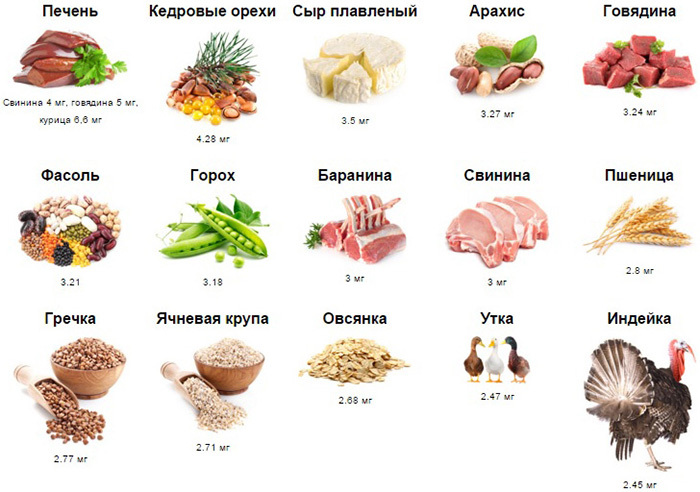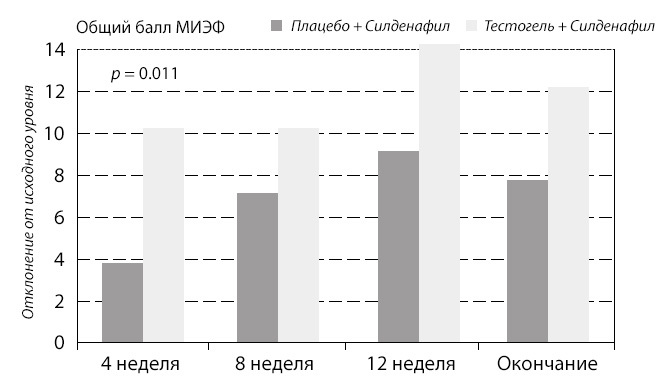Hyperactive bladder in men
Hyperactive bladder( GAMP, GMP) is a clinical syndrome, manifested by urgent and frequent urination day and night, less often - urgent urinary incontinence. The prevalence of GAMP is quite high. According to the International Society for the Containment of Urine( ICS), symptoms of GAMP are present in 100 million people around the world. In the US, this pathology is one of the 10 most common diseases.

Content
- 1 Symptoms of OAB
- 2 Causes of OAB
- 3 Diagnostics OAB
- 4 treatment of overactive bladder
- 4.1 Conservative treatment:
- 4.2 Pharmacotherapy
- 4.3 Surgery( rarely used)
Symptoms of OAB
- urgency( a sudden and compelling desire to urinate) withUrinary incontinence or without it, usually combined with frequent urination( pollakiuria)( more than 8 urination per day) and frequent nocturnal urination( nocturia)her).
- Nocturia( nocturnal urination) - the need to awaken at night one or more times.
Symptomatic incidence:
- Rapid urination - 85%;
- Urgency of urination - 54%;
- Urgent incontinence of urine - 36%.
Reasons for GAMP
Neurogenic:
- trauma of the brain and spinal cord;
- Multiple Sclerosis;
- Parkinson's disease;
- strokes.
Non-neurogenic:
- age-related changes;
- infravesical obstruction - an obstruction to the flow of urine( eg, due to prostate adenoma);
- anatomical changes in the position of the urethra.
Diagnosis of GAMP
- Case report;
- Physical examination;
- Diary of urination;
- Urinalysis( urine sediment and bacteriological urine analysis);
- ultrasound( kidney, bladder, prostate);
- Urodynamic study.
The results of the diary of urination are most important for the diagnosis and the immediate determination of the initial methods of treatment.
Treatment of a hyperactive bladder
Conservative treatment:
- Gradual lengthening of intervals between urination. Refusal to urinate without the urge, "just in case."
- Bladder training on schedule.
- Exercises for pelvic muscles( exercises for pubic-conic muscle).
- Biological feedback - the objectification of control of pelvic muscles.
- Neuromodulation.
In most cases, conservative treatment is combined with medication.
Drug treatment
For all forms of GAMP, pharmacotherapy is the main form of treatment. The standard drugs of choice are anticholinergic drugs( M-holinolitiki ) - the only drugs whose effectiveness is beyond doubt. The effect of anticholinergics is aimed at reducing the detrusor's hyperactivity and increasing the capacity of the bladder.
The main treatment( M-holinolitiki):
- Oxibutrin( Ditran) - 5 mg 2-3 times a day, depending on the severity of the symptoms.
- Trospium chloride( Smazmex) - 5 or 15 mg( depending on age) 3 times a day.
- Tolterodin( Detrusitol) - 2 mg 2 times a day.
- Solifenacin( Vesicar) - 5 mg once a day, 10 mg - if necessary.
Treatment of GAMP with M-holinolitics is symptomatic, i.e. Treatment will be successful as long as the patient applies the drugs. With the gradual withdrawal of drugs, the positive effect persists for an average of 6-8 months. After the expiration of the term or expressed relapses, there is a need for a second course of treatment.
Side effect of M-anticholinergics:
- dry mouth;
- tachycardia;
- cognitive impairment( decreased memory, mental activity);
- vision impairment;
- constipation.
Contraindications for M-anticholinergics:
- . Disorders of liver and kidney function.
- Closed glaucoma.
- Ulcerative colitis.
- Megacolon is an enlargement of the large intestine.
- Infravesical obstruction.
- Habitual constipation.
Additional treatment( usually prescribed together with M-anticholinergics):
- Miotropic antispasmodic relaxants.
- Blockers of slow calcium channels( nifedipine, verapamil).
- Tricyclic antidepressants( imipramine).
Surgical treatment( rarely used)
- Replacement of the bladder with a gut segment( thin or thick).
- MI with an increase in the volume of the bladder.
Sources used:
- S.Y.Kalinchenko, I.A.Tyuzikov "Practical Andrology."
- "Urology. National leadership "(edited by N.A., Lopatkina).
Recommended for viewing:



